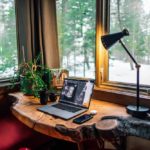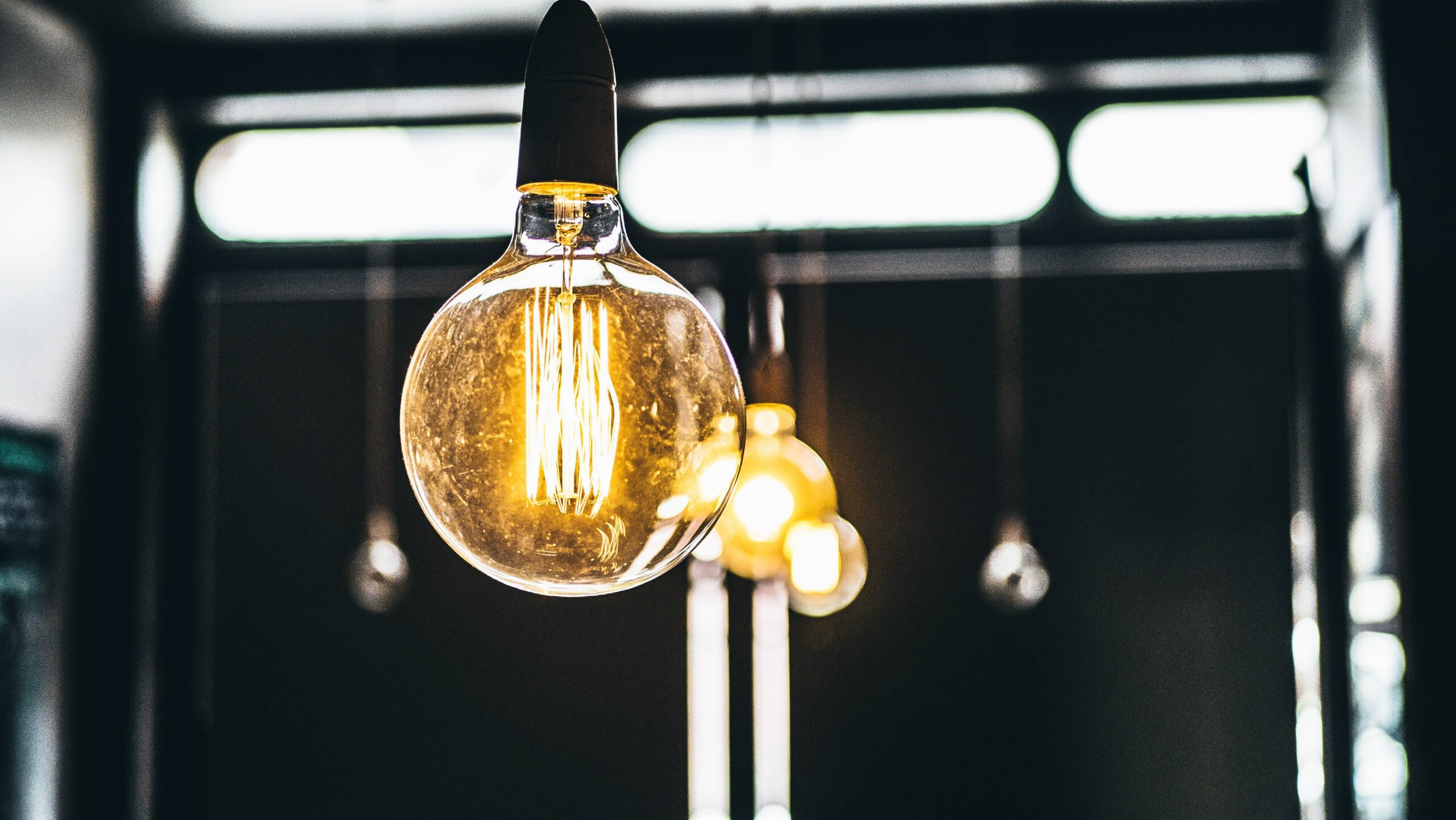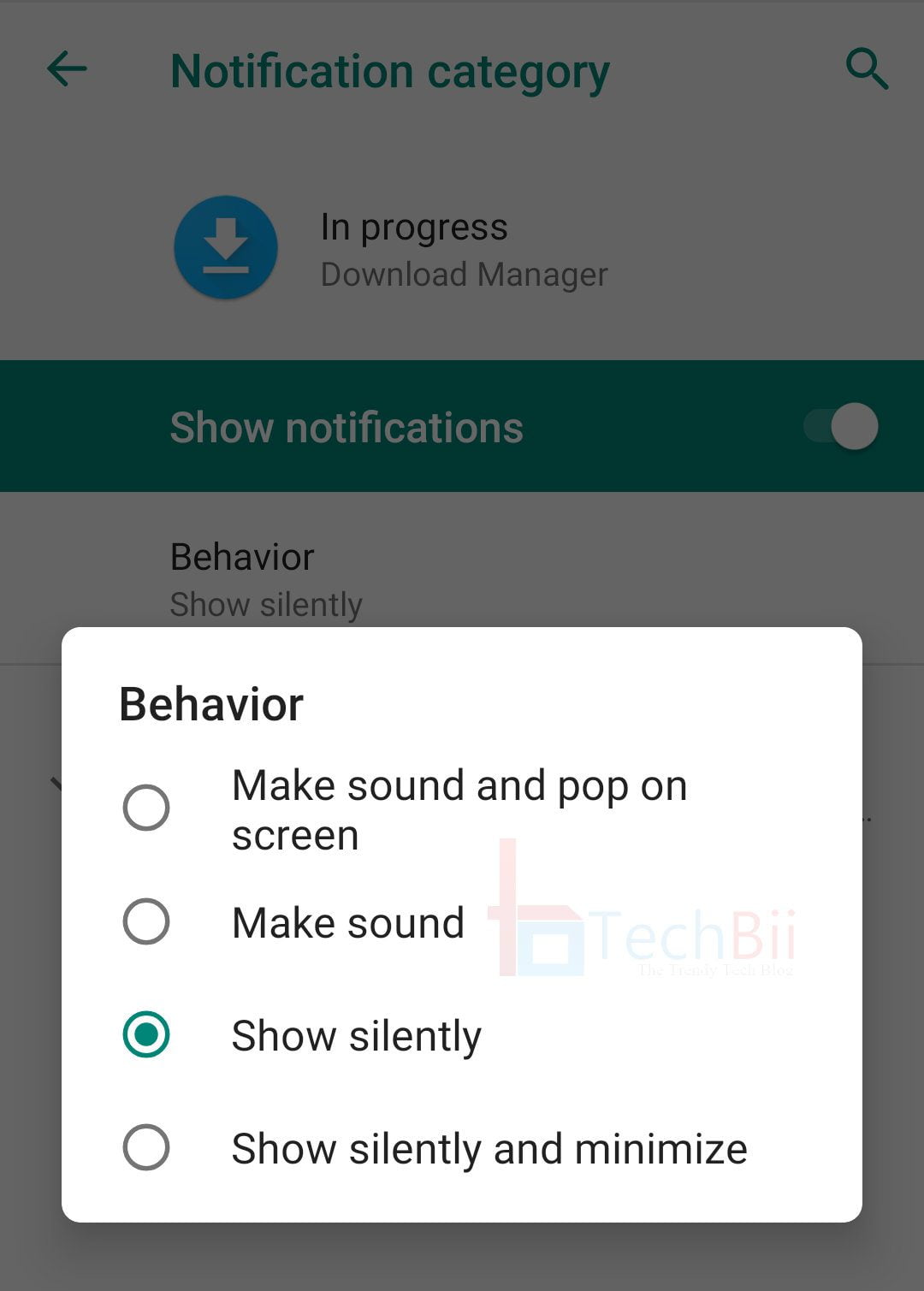
Photography of stars or shooting of stars at night is called Astrophotography – and it’s fun doing.
Astrophotography requires the best professional travelling camera and not forgetting to mention they are different from sports or wildlife photography due to the importance of location, camera setting, and equipment required.
Also, it’s a very captivating field in which most photographers build their careers while exploring the wonders of the night sky.
Night skies incubate a lot of secrets and light phenomena. Thanks to astrophotographers, they captured aurora borealis, star trails, milk way, and deep-sky photography.
So, if you’re on the trail to haunt those all with astrophotography skills, you first need to learn the basics.
In this guide, you will learn the best night sky shooting tips that would help you become a professional astrophotographer.
Understanding The Basics Of Astrophotography
Before you get dressed for astrophotography, there are certain manifestations to look at.
The most are mentioned below and you could try whatever would help you enhance skills.
1. Essential Equipment for Astrophotography
- Camera: A good camera is important to shoot bright and sharp night sky wonders. Aim for mirrorless cameras with manual settings and an option to save in RAW format.
- Lens: Avoid narrow lenses and go for wide-angle lenses with low aperture. You can also try a prime lens known for its lightning-fast aperture.
- Tripod: Handheld photography might leave distorted results. A tripod is required for astrophotography to achieve sharp, full-frame readout images, and stable colour accuracy.
2. Camera Settings and Techniques
- Shutter speed: The general rule is to roll your shutter speed based on the subject you plan to shoot. For capturing stars, experiment with longer exposure.
- Aperture: How much light your lens should capture is determined by the aperture setting. Utilise a wider aperture (low f-value) to gather more sufficient light.
- ISO: It controls the sensitivity of light to your film which is measured in numbers such as 100, 200, 300, and going. Adjust the ISO sensitivity based on the subject atmos.
- Focus: For better results, set your focus readout setting to manual and use live view to check precise focus on stars.
3. Finding the Location
- To capture a brilliant night sky, you must consider a location with clear visibility and minimal atmospheric interference.
- Also, consider less light pollution dramatically to get better results for your astrophotography.
Astrophotography: Common Challenges and Troubleshooting
Certainly, astrophotography shares meaningful challenges for photographers. These can range from camera heating issues to external factors such as light pollution.
Light Pollution
One of the biggest challenges in astrophotography is light pollution caused by artificial lights from cities, towns, and other sources. Light pollution reduces the visibility of stars and celestial objects, making it harder to capture clear and detailed images.
Finding dark sky locations away from light-polluted areas is essential for overcoming this challenge.
Long Exposure Noise
When capturing long exposures in astrophotography, noise can be a common issue. Longer exposure times can generate more heat in the camera’s sensor, leading to increased noise in the final image.
Using noise reduction techniques in post-processing or employing cameras with good high ISO performance can help mitigate this challenge.
Post-Processing Complexity
Processing astrophotography images can be complex due to the unique characteristics of capturing light from distant objects.
Balancing exposure, reducing noise, enhancing details, and managing colour balance require specialised post-processing techniques and software.
Learning and practising these techniques is essential for achieving the desired results.
7 Best Pro Night Sky Photography Tips & Tricks
Capturing the mesmerising beauty of the night sky through photography requires skill and creativity.
Here are seven pro tips and tricks to enhance your night sky photography:
1) Find Dark Sky Locations
Seek out locations away from light pollution for clearer and more vibrant night sky images.
National parks, remote wilderness areas, and high-altitude locations often offer optimal conditions for astrophotography.
2) Plan Around Moon Phases
The brightness of the moon can affect the visibility of stars and other celestial objects.
Plan your shoots during the new moon or crescent moon phases when the sky is darker and stars appear more vividly.
Use moon phase calendars or smartphone apps to track lunar phases.
3) Use a Sturdy Tripod
Stability is crucial in night sky photography due to long exposure times.
Invest in a sturdy tripod that can withstand the weight of your camera and lens while remaining stable.
This minimises camera shake and ensures sharp images.
4) Experiment with Exposure Settings
Adjusting exposure settings is key to capturing stunning night sky shots.
Start with an aperture of around f/2.8 to f/4 for wide-angle lenses and use a longer shutter speed, typically between 15 to 30 seconds.
Experiment with different ISO settings to find the optimal balance between capturing enough light and minimising noise.
5) Utilise the Rule of 500
To prevent star trailing, use the “Rule of 500.”
Divide 500 by the effective focal length of your lens to determine the maximum shutter speed (in seconds) before stars start to blur.
For example, with a 24mm lens, the maximum shutter speed would be approximately 20 seconds (500 ÷ 24 = 20.8).
6) Shoot in RAW Format
RAW files retain more image data compared to JPEG, allowing for greater flexibility during post-processing.
RAW format preserves details and provides better control over exposure, white balance, and noise reduction when editing your night sky images.
7) Experime#nt with Composition
Don’t be afraid to get creative with your composition.
Incorporate interesting foreground elements such as landscapes, trees, or silhouettes to add depth and context to your night sky images.
Experiment with different angles, framing techniques, and focal points to create visually appealing compositions.
Wrapping Up: Safety Precautions For Night Photography
Like Walmart created a strategy to save its eCommerce business, similarly astrophotography comes with many challenges and secret wonders to reveal. Thus, it’s both fun and annoying.
Always remember to let someone trustworthy know about your photography plans, including the shooting location, expected duration, and when you plan to return.
This ensures that someone is aware of your whereabouts and can check in on you if needed.
Additionally, nighttime shooting may have some sort of risk compared to daylight time. Being aware of your surroundings is a must and important when considering night sky photography.
Good luck with astrophotography and follow the information of this guide!
Frequently Asked Questions
What camera is best for astrophotography?
Best mirrorless cameras with manual settings and interchangeable lenses are ideal for astrophotography. Look for models with good low-light performance and the ability to shoot in RAW format.
Do I need a telescope for astrophotography?
While a telescope can be used for certain types of astrophotography, it is not necessary for all forms.
What are the good locations for astrophotography?
High altitude locations, desert and coastal areas, national parks, and remote wilderness areas are some good locations for night sky photography.
What is the best camera setting for astrophotography?
Saying honestly, there is no. It depends on the subject’s nature and atmosphere characteristics. Plan out b/w shutter speed, aperture, and focus – what matters most to you.
——————————
About Author
Written by The Next Decor, an online wall clock design and metal wall art design company. The Next Decor provides modern and genuine home decor products online to Indian customers.








